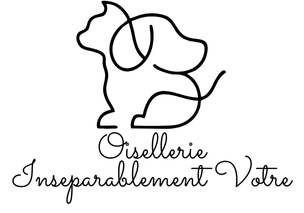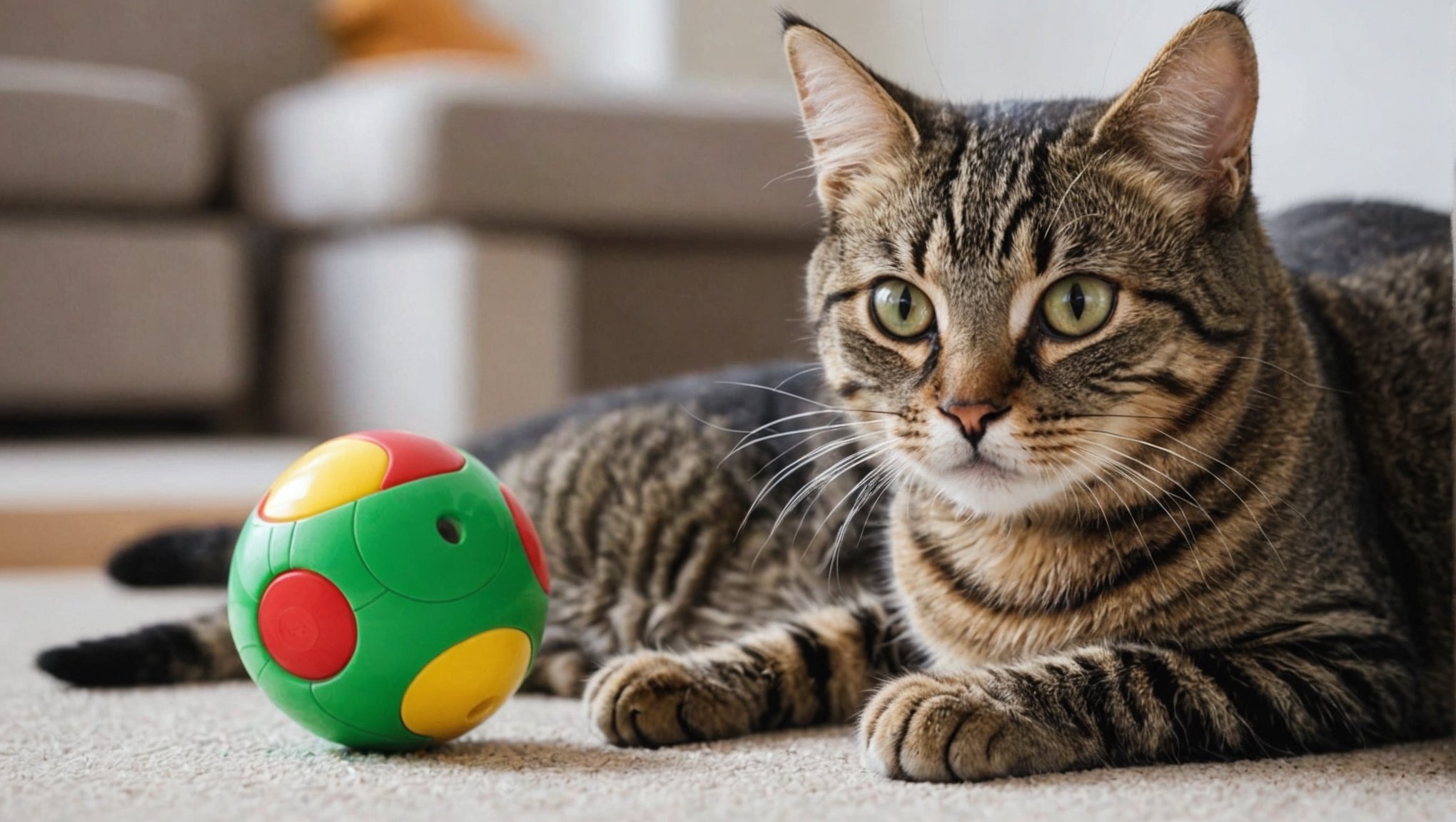Understanding Feline Behavior
Understanding cat behavior can sometimes feel like deciphering a riddle. Their interaction with toys is a revealing aspect of their feline psychology. Cats are natural hunters, so they may be highly stimulated by toys that mimic prey. This includes toys that squeak, move unpredictably, or resemble birds or rodents. Such toys can keep a cat engaged, providing mental stimulation and physical activity, which are crucial for a content and healthy pet.
However, not all cats react the same way, and toy acceptance can greatly vary depending on individual behavioral traits. Some cats may quickly grow bored of a single toy, while others may become attached to a specific toy for long periods. Introducing new toys slowly can allow time for acclimatization, which may increase their interest and engagement.
Sujet a lire : Identifying Feline Pain: Effective Signs and Proven Pain Management Strategies for Your Cat
Recognizing signs of stress or anxiety during toy introduction is essential. For instance, if a cat hides away or appears agitated, it’s possible that the toy is overstimulating. Understanding these subtle cues can prevent stress and ensure that playtime remains a healthy and happy experience. When selecting toys, consider both what captivates your cat and what aligns with their personality and preferences, ensuring a balance between fun and mental well-being.
Choosing the Right Toys
Selecting the ideal cat toys can be quite an adventure. It’s essential to understand the different toy types available to keep your feline entertained and engaged.
A lire aussi : Mastering Cat Habits: Effective Strategies to Train Your Feline to Favor a Scratching Post Over Your Furniture
Types of Cat Toys
- Soft toys: These are perfect for cats who enjoy carrying or cuddling their playthings. They often come in the form of plush mice or small pillows filled with catnip, which can add an extra layer of excitement.
- Interactive toys: Items such as laser pointers or wand toys encourage cats to chase and pounce, stimulating their hunting instincts. Such toys are not just fun but also offer great bonding moments with your pet.
- Puzzle toys: These are designed to challenge your cat’s problem-solving skills, often dispensing treats when the puzzle is solved. They can help keep your cat’s mind sharp and stifle boredom.
Evaluating Your Cat’s Preferences
To choose wisely, observe your cat’s preferences and playful habits. Some cats might adore chasing laser dots or plucking feathers from interactive toys, while others may revel in the satisfaction puzzle toys provide.
Safety and Engagement
Always ensure toys are safe and free of small parts that could pose a choking hazard. By matching toys to your cat’s personality, you provide them with not just entertainment but also mental and physical stimulation, key to a happy and healthy cat.
Step-by-Step Introduction Process
Introducing new toys can sometimes trigger pet anxiety in cats, which is why a smooth, gradual exposure process is crucial. To start, place the new toy in an area where your cat usually spends time, allowing them to get familiar with its scent and presence.
Gradual exposure helps minimize the anxiety that unfamiliar objects might provoke. Begin by introducing toys slowly and ensuring that your cat isn’t overwhelmed by too many new stimuli at once. Ensure each encounter with the toy remains positive, possibly associating it with treats or engaging in playtime when the toy is near.
Monitor your cat’s reactions closely. If they seem overly anxious or avoid the toy entirely, you may need to slow down the introduction. Watch for cues such as their body language or sudden changes in behaviour. Calm reinforcement, combined with careful observation, allows you to adjust the approach as needed, ensuring your cat is comfortable throughout the process.
Using these strategies fosters positive associations with new toys and eases the transition from unfamiliar to familiar. Your patient and attentive approach will likely lead to successful interactions between your cat and their novel plaything.
Enhancing Engagement with New Toys
Creating the perfect environment for interactive sessions with your cat can dramatically enhance their engagement with new toys. One vital strategy for stimulating play is to introduce toys gradually, allowing your cat to explore at their own pace. Observe their preferences and tailor the interactions accordingly. For instance, if your cat shows interest in a feather toy, engage them with short, playful movements to mimic prey behavior.
Making new toys a part of your daily routine is another excellent method to boost cat engagement. Incorporate playtime into specific parts of the day, such as morning wake-up sessions or evening wind-down hours, which can help your cat associate the toys with familiar cues. Rotating the toys weekly can also keep their interest piqued and prevent boredom.
However, challenges may arise, such as a cat losing interest quickly or being hesitant with unfamiliar objects. To tackle these issues, consider using different textures and sounds that may intrigue your pet. Gradual encouragement and rewards for interaction can build their confidence over time. Tailoring these interactive sessions to suit your feline’s personality and preferences fosters a positive experience, transforming playtime into an exciting adventure.
Conclusion and Monitoring Progress
Introducing new toys to your cat can noticeably impact their overall well-being. Observing changes in your cat’s behavior is crucial to ensure they remain stimulated and content. Pay attention to how your feline responds to each toy, as this will help gauge their effectiveness. Look for signs such as increased activity or prolonged interest. Such observations are key elements in monitoring behavior effectively.
Evaluating a toy’s assessment not only provides insights into your cat’s preferences but also illustrates how certain toys could enhance cat happiness. For instance, a cat exhibiting playful behavior towards a new toy likely implies heightened satisfaction. If an introduced toy is ignored, reconsidering your options may be beneficial.
Here are a few tips for ensuring long-term enjoyment and stimulation:
- Rotate toys regularly to maintain your cat’s curiosity.
- Combine interactive sessions with solo play to enhance engagement.
- Tailor toys to suit your cat’s individual tastes and energy levels.
By closely monitoring behavior, you can effectively adapt your approach, ensuring every toy introduction adds value to your pet’s routine. This constant assessment lets pet owners align their choices with their cats’ growing interests, which is pivotal for sustained cat happiness and enrichment.











